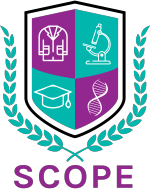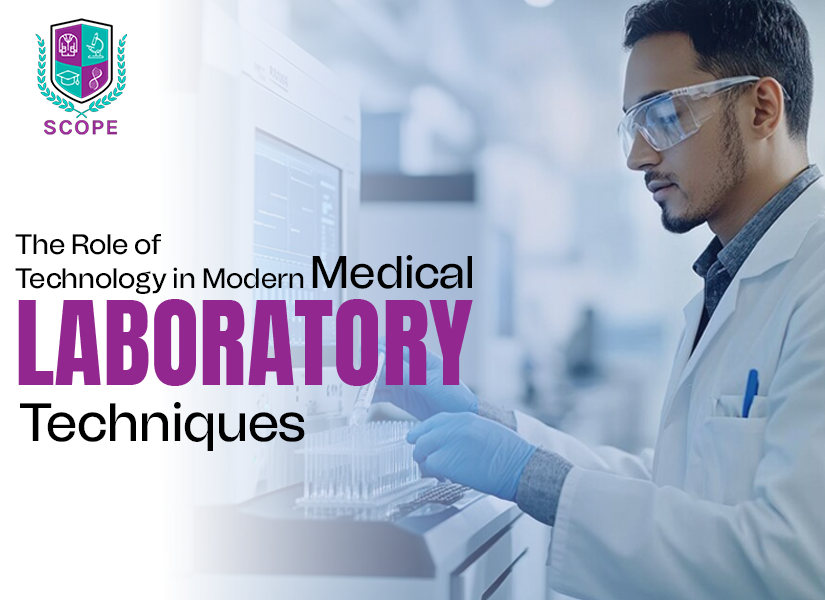Imagine a situation where hospitals don’t have any technological equipment. Just think about how the simplest of tasks would be taken care of. How would one measure blood pressure (BP)? Oxygen levels? Heart rate? Temperature? We would be metaphorically handicapped. In fact, we would be unable to carry out three-fourths of healthcare tasks since 70% of the clinical decisions rely on laboratory results. A fabricated situation like this is enough to highlight the significance of digital tools in diagnostics.
And we depend not only on present technology, but also on medical lab technology innovations. The healthcare industry feeds on the constant launch of new technology to tackle problems and find solutions that could be revolutionary. We are already discussing so much about how integral the role of technology is in modern medical laboratory techniques. The blog will dive even deeper into how tech advancements in lab procedures have been instrumental in keeping the healthcare industry going.
Medical Lab Technology Innovations: The Impact
-
Automation
Automation solves two problems in the healthcare industry right away. The first is exact measurements, and the second is repeated involvement. Medical professionals are human, after all; they can’t calculate measurements without error. A miscalculated metric might result in a deadly blunder. Even if we somehow tackle this situation, treatment procedures require frequent involvement of the measurer, leading to work frustration and resource wastage if it were a human measurer. Automated analyzers provide real-time metric measurements that are important for a successful treatment.
-
Artificial Intelligence
The healthcare career sees new and strange cases on a daily basis. Sometimes, the symptoms and metrics are so intricate and complex that a human interpretation is inadequate in analyzing what the patient is suffering from. Artificial intelligence (AI) technology helps analyze complex lab data like blood smears, biopsy slides, and genetic sequences, make informed decisions, and eventually deliver exceptional treatment results. AI in healthcare should not be confused as a replacement for lab technicians but rather as an assistant to them.
-
Molecular & Genetic Testing
Remember the mandatory COVID-19 tests during the pandemic? That also utilized technology. Polymerase Chain Reaction (PCR) machines are used to amplify DNA samples at the right temperatures. Thanks to them, various deaths were prevented due to early detection. As a society, we are highly dependent on this technology for personalized medicine creation and infectious disease control.
-
Point-of-Care Testing (POCT)
If we are unsuccessful in helping unprivileged people enhance their quality of life even after so many tech advancements in lab procedures, it’s of no use. POCT is a similar technology that helps increase the coverage area of testing equipment, making disease detection (and eventual treatment) accessible to all. These portable devices enable diagnostics at the patient’s bedside or in extreme rural areas and provide immediate results, bridging the gap between lab access and patient care.
Challenges & Future Outlook
Of course, everything looks great in hindsight, but technology also comes with challenges and downsides. Some of them are:
- Limited Adoption: The costs for getting the technology in action in medical infrastructures are too high, lest making the technology accessible to rural areas and the like.
- Continuous Learning: Technology is not a one-off thing. It requires constant upskilling since technology is a trends-based application that adapts to rapid updates.
- Balanced Approach: Healthcare automation technology should be balanced out with human expertise, especially in critical diagnostics, to ensure the severity of medical cases.
Irrespective of the challenges, the adoption of technology is visible. There is quicker-than-expected integration of AI, wearable biosensors, IoT-enabled lab devices, and real-time diagnostics. Tech-enabled laboratories are becoming the new norm.
Conclusion
The whole blog covers the summation of simple observations of how technology has been integrated into modern medical laboratory techniques and the large impact that it has created. The integration has created benefits and challenges for society, and while the challenges might look big on the face of it, the benefits overshadow the challenges in the longer term. Technology integration also creates opportunities for new paramedical professionals since the learning institutes have adopted the same. Generally remarking, you are willing to take a bet on an industry as a career; paramedics in modern medical laboratories is a great choice because of its growth with the integration of technology.

